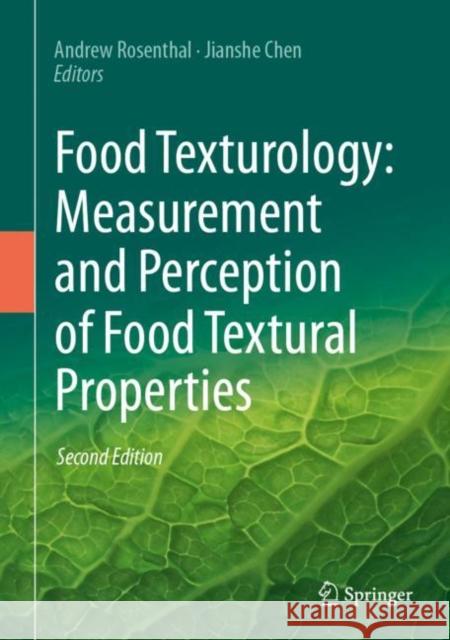Food Texturology: Measurement and Perception of Food Textural Properties » książka
topmenu
Food Texturology: Measurement and Perception of Food Textural Properties
ISBN-13: 9783031418990 / Angielski
Food Texturology: Measurement and Perception of Food Textural Properties
ISBN-13: 9783031418990 / Angielski
cena 362,27
(netto: 345,02 VAT: 5%)
Najniższa cena z 30 dni: 346,96
(netto: 345,02 VAT: 5%)
Najniższa cena z 30 dni: 346,96
Termin realizacji zamówienia:
ok. 22 dni roboczych
Bez gwarancji dostawy przed świętami
ok. 22 dni roboczych
Bez gwarancji dostawy przed świętami
Darmowa dostawa!
Kategorie:
Kategorie BISAC:
Wydawca:
Springer
Język:
Angielski
ISBN-13:
9783031418990











